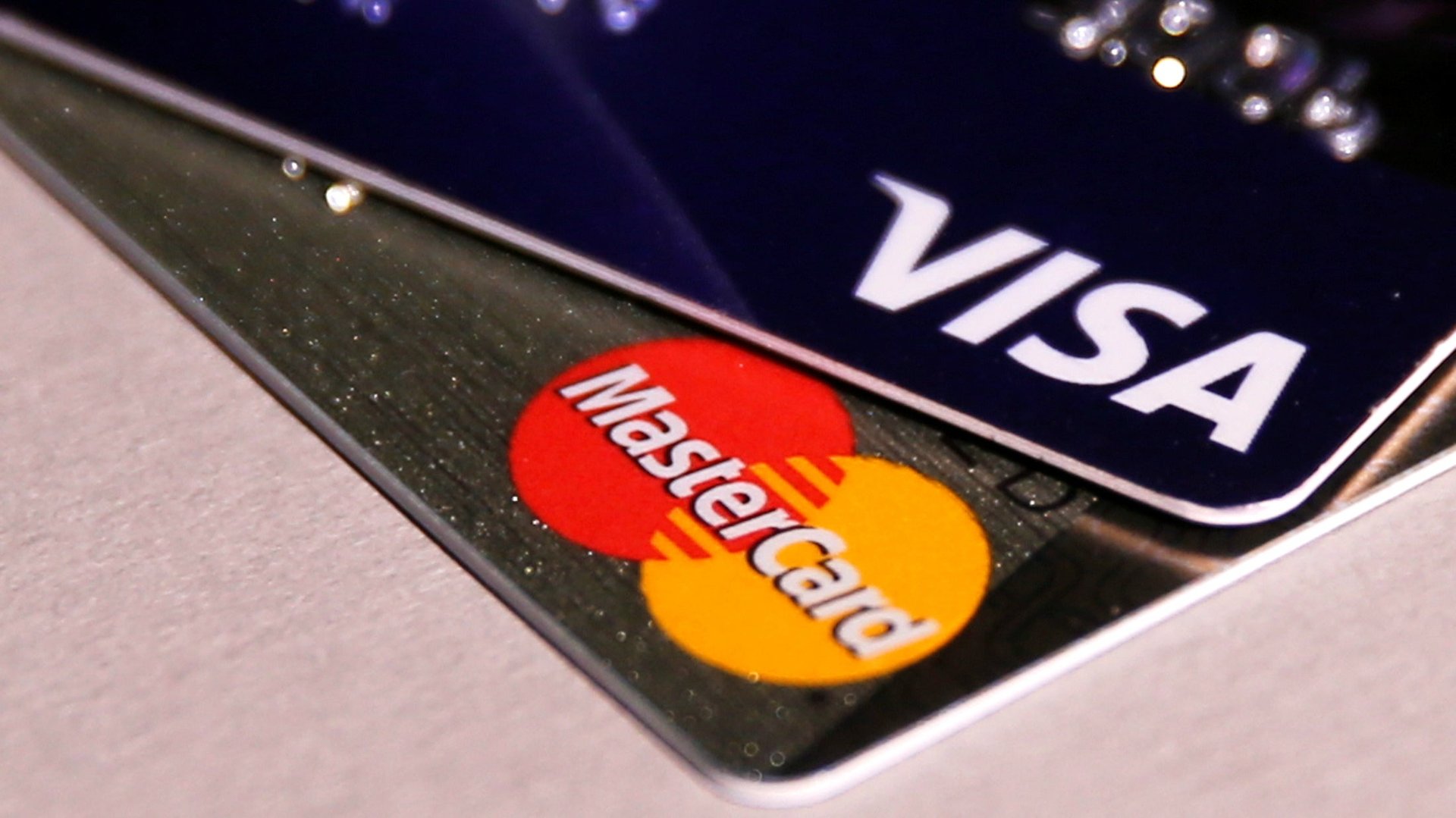Guess which foolish strategy people most often use to pay back credit card debt
For people with multiple credit cards, the best way to pay off credit card debt is simple. If you can’t pay the full balance for all the cards, pay the minimum monthly payment for each, and then devote the rest to repaying the card with the highest interest rate. Following this rule, you incur the least interest and save the most money.


For people with multiple credit cards, the best way to pay off credit card debt is simple. If you can’t pay the full balance for all the cards, pay the minimum monthly payment for each, and then devote the rest to repaying the card with the highest interest rate. Following this rule, you incur the least interest and save the most money.
Very few people do this. According to a recently released study (paywall) from the National Bureau of Economics Research, only about 10% of people in the UK with multiple credit cards repay their debt in the most efficient way. In fact, the researchers find that individuals hardly pay attention to interest rates at all. For people with two credit cards, only 51.5% of payments above the minimum go to the highest-interest card.
These people are throwing away their money. The average person with two cards, who does not pay off all their debt each month, loses over £60 annually ($83), and those with five cards lose around £250. People with large balances lose much more.
So if people are not making payments correctly, what are they doing instead? The researchers tested out six possible methods people might be using to make payments (economists call such rules “heuristics“). These are listed below.
As you read them, try to guess which one you think is correct. The answer is below the image of Auguste Rodin’s sculpture The Thinker. For each rule, this is what people do after making the minimum payment on their cards.
1️⃣ The 1/N rule: Split payments equally across cards. With two cards, and $100 to make payments, $50 goes towards paying down the balance on both.
2️⃣ Balance matching: Make payments based on the relative size of outstanding balances. With $300 to make payments on two cards, one with a balance of $2,000 and another with a balance of $1,000, this means something like $200 goes towards the $2,000 balance card, and $100 to the $1,000 balance card.
3️⃣ Repay the card nearest its credit limit: This prioritizes payments on cards at risk of going over their credit limit and incurring an extra fee.
4️⃣ Repay the card furthest from its credit limit: This gives the user the ability to make a big payment, if needed, the next month.
5️⃣ Repay the card with the highest balance: The balance is the most conspicuous number that borrowers see on their statement, so the largest sums may attract the bulk of repayments.
6️⃣ Repay the card with the lowest balance, with the intention of getting that card to zero (the “snowball method”): Some financial advisors suggest this strategy, arguing that it simplifies a person’s debt portfolio and makes them feel good, thus generating a “snowball” of good behavior.

And the winner is…
The researchers find that credit card repayment behavior is best described by the 2️⃣ “Balance matching” rule. Although they can’t say exactly how many people use this method, they note that this rule predicts more than half of the seeming randomness they see in the data—far more than the others.
This method makes little sense. If the credit card with the largest balance also has the lowest interest rate, it is wasteful to dedicate scarce resources to paying it down while interest racks up faster on other cards.
Damningly, researchers note that this payment behavior makes people act like pigeons. In a landmark 1961 study, psychologist Richard Hernstein found that when pigeons were offered pecking keys that generated food at different speeds, the pigeons did not peck the keys in the most efficient manner. Rather, they pecked them in proportion to the speed they regenerated. Some evolutionary psychologists think we developed a tendency towards balancing because it is useful for animals when hunting.
Unfortunately, many people apply similar logic to the repayment of credit card debt. This allows credit card companies to feather their nests at our expense.